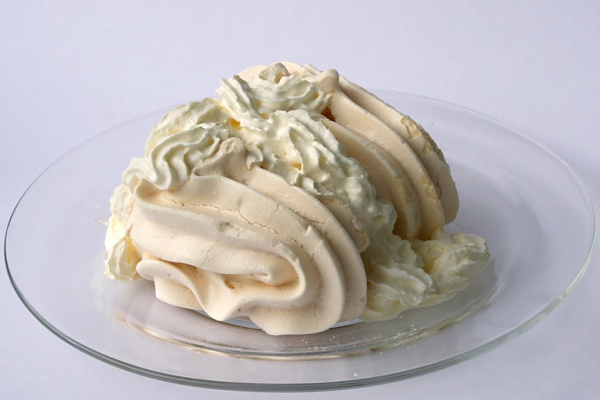Facts About Meringue
Meringue is a delightful dessert or confection that’s a staple in Italian, Swiss, and French cuisine. It's primarily made from whipped egg whites and sugar, sometimes with a splash of lemon juice or a pinch of cream of tartar to introduce acidity. The enchantment of meringue lies in whipping the egg whites to form stiff peaks, which involves denaturing the protein called ovalbumin.
Meringue can be flavored with vanilla, apple juice, or orange juice, and is renowned for its light and airy texture. Depending on its preparation, meringue can be chewy and soft with a crisp exterior, or crisp throughout.
The origins of meringue are somewhat enigmatic, with some attributing its invention to the Swiss village of Meiringen and its refinement to an Italian chef named Gasparini. There are several types of meringue, including French, Italian, Swiss, and even vegan versions. The science behind meringue involves the arrangement of proteins in egg whites and their interaction with sugar and cream of tartar to create a fluffy, foamy structure.
Meringue is not only a treat on its own; it is also used in a variety of desserts such as baked Alaska, lemon meringue pie, macarons, and pavlova. You can even shape it into whimsical designs for decorative purposes.
One point to note about meringue is its short shelf life. It tends to absorb moisture from the air, so it’s best stored in an airtight container or even frozen to prolong its usability. Nutritionally, meringue is high in protein from the egg whites and contains simple carbohydrates from the sugar, making it a fairly calorie-dense indulgence.

 Austria
Austria